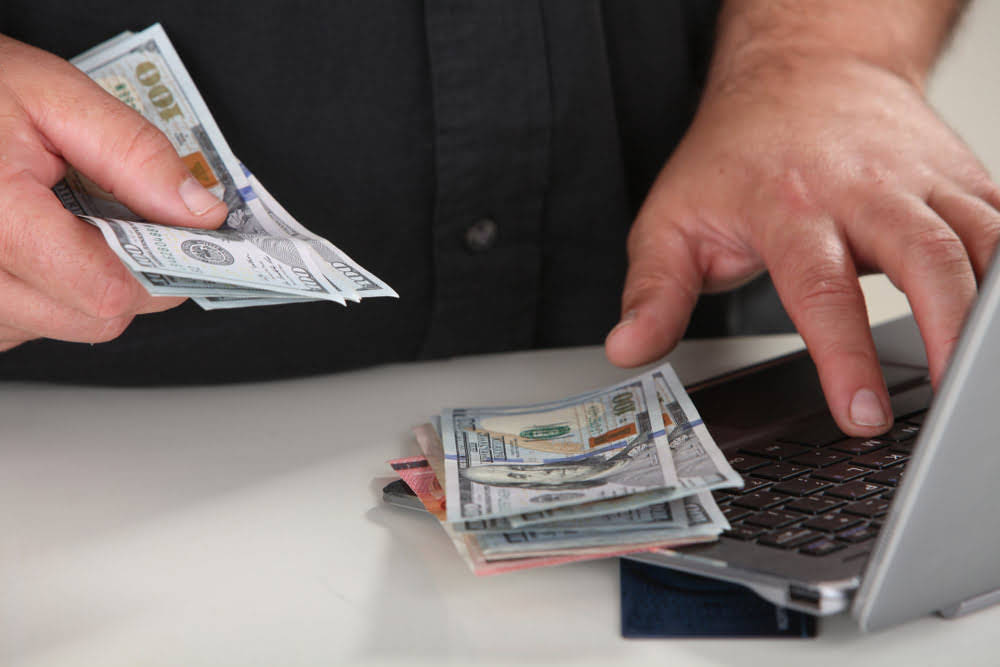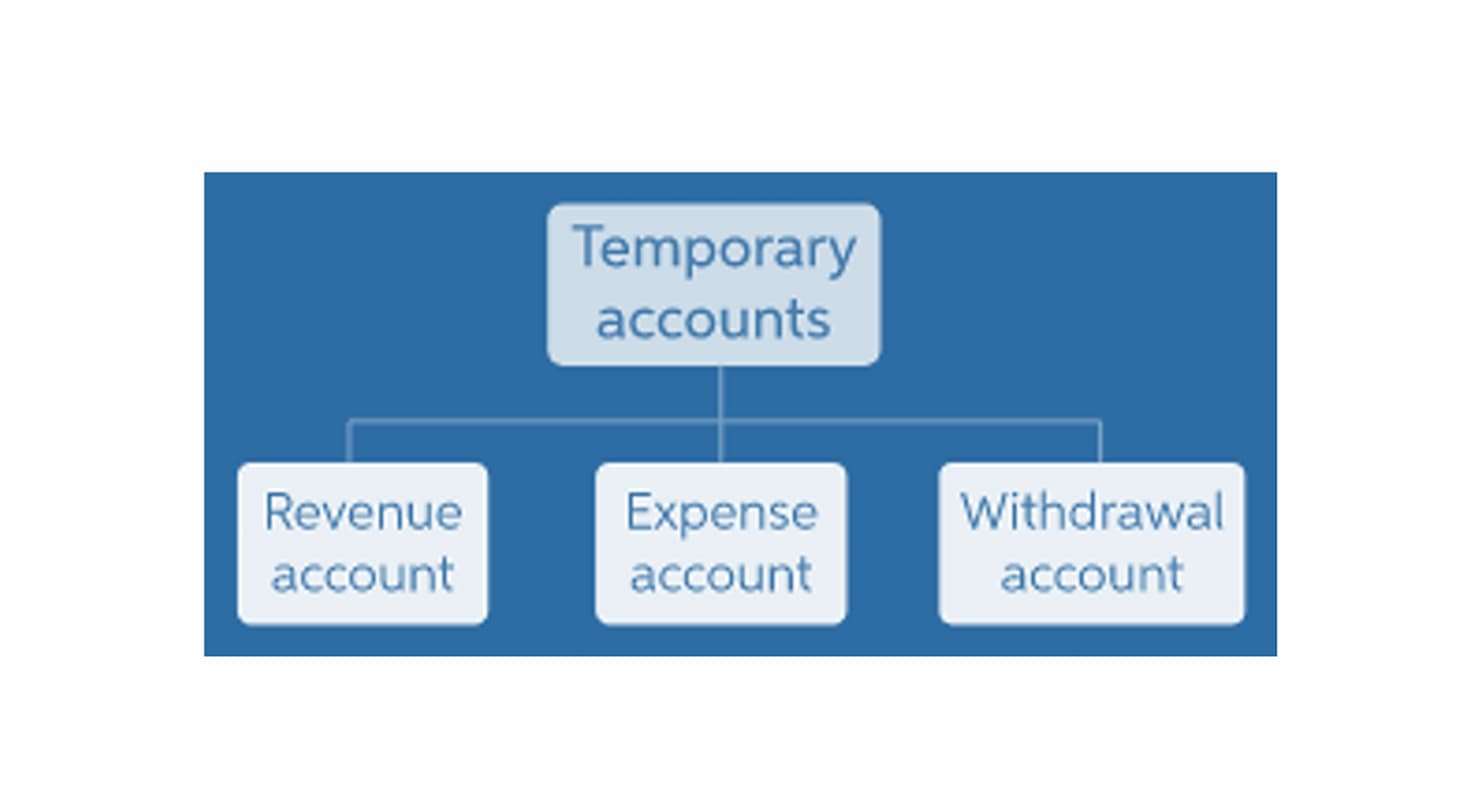Content

It denotes the organization’s profit from business operations while excluding all taxes and costs of capital. EBITEarnings before interest and tax refers to the company’s operating profit that is acquired after deducting all the expenses except the interest and tax expenses from the revenue.
D or DUK: Which Utility Stock Should You Hold on to in 2022? – Entrepreneur
D or DUK: Which Utility Stock Should You Hold on to in 2022?.
Posted: Thu, 18 Nov 2021 08:00:00 GMT [source]
These interest payments are categorized as fixed and ongoing expense since they are usually prolonged. Earnings Before Interest And TaxEarnings before interest and tax refers to the company’s operating profit that is acquired after deducting all the expenses except the interest and tax expenses from the revenue.
Calculating Business Interest Expense
Here’s everything you need to know, including how to calculate the times interest earned ratio. The resulting ratio shows the number of times that a company could pay off its interest expense using its operating income. Alternatively, other variations of the TIE ratio can use EBITDA as opposed to EBIT in the numerator. The formula for a company’s TIE ratio consists of dividing the company’s EBIT by the total interest expense on all debt securities. However, a company with an excessively high TIE ratio could indicate a lack of productive investment by the company’s management.

Debt Coverage Ratio or Debt Service Coverage Ratio – A firm’s cash available for debt service divided by the cash needed for debt service. As mentioned earlier, the TIE ratio is calculated using a formula, this is simple to learn or calculate. The calculation involves dividing the total earnings of the business before taxes and interest payment by the interest expense.
Analysis
Last year they went to a second bank, seeking a loan for a billboard campaign. The founders each have “company credit cards” they use to furnish their houses and take vacations.

Assume, for example, that XYZ Company has $10 million in 4% debt outstanding and $10 million in common stock. The cost of capital for issuing more debt is an annual interest rate of 6%. The company’s shareholders expect an annual dividend payment of 8% plus growth in the stock price of XYZ. “EBITDA” means earnings before interest, taxes, depreciation and amortization, all as determined by generally accepted accounting principles.
Accounting For Management
All it requires you to do is divide the business’ income before taxes and interest, by the interest expense. This gives you a good indication of how able a business will be to properly handle its debt and interest obligations. For example, if the times interest earned ratio is1 or less, then it’s likely that the business isn’t going to be able to cover its interest expenses. However, if the TIE ratio isabove 1, then the business probably has enough income to cover its debt and interest payments.
What is a bad interest coverage ratio?
A bad interest coverage ratio is any number below 1, as this translates to the company’s current earnings being insufficient to service its outstanding debt.
Minimum Interest Coverage Ratio means, for any period, the ratio of Consolidated Adjusted EBITDA for such period to Consolidated Interest Expense for such period. Chugach’s current authorized Times Interest Earned Ratio for Production-related activity is 1.10, which provides Chugach the opportunity to realize approximately $1.3 million in margins. Therefore, the Times interest earned ratio of the company for the year 2018 stood at 7.29x. Due to Hold the Mustard’s success, your family is debating a major renovation that would cost $100,000. Cut through the noise and dive deep on a specific topic with one of our curated content hubs. Whether you’re a beginner looking to define an industry term or an expert seeking strategic advice, there’s an article for everyone. To avoid such issues, it is advisable to use the interest rate on the face of the bonds.
How To Calculate Times Interest Earned Ratio
Accounting Accounting software helps manage payable and receivable accounts, general ledgers, payroll and other accounting activities. Therefore, their TIE is $30 million/ $1 million, which yields a score of 30. This means that they can afford to pay off their debt 30 times over, which means they have more than enough capital to take on more debt. It only focuses on the short-term ability of the business to meet the interest payment. If you are a small business with a limited amount of debt, then the ratio is not all that important.
Businesses that have a times interest earned ratio of less than 2.5 are considered to be financially unstable. A company that uses debt only for a small part of its capital structure will show a higher times interest earned ratio. On the other hand, a company that uses a large amount of its capital as debt will have a low times interest earned ratio because of the high interest rates that they would incur. When the company has a high TIE ratio, it means that the company is in good hands. If investors are looking to put more cash into your account, they will be happy to find that the TIE ratio figure is high.
Terms Similar To The Times Interest Earned Ratio
Earnings Before Interest, Taxes, Depreciation, and Amortization Coverage Ratio – A firm’s cash flow available to meet fixed financial charges divided by the firm’s fixed financial charges. Total Assets Turnover Ratio – A firm’s total sales divided by its total assets. The current year value of 2.534 compared with the industry average of 3.425 indicates that management’s efforts are insufficient to improve the solvency of the company and reduce credit risk. At the point when the premium inclusion proportion is littler than one, the organization isn’t producing enough money from its activities EBIT or EBITDA to meet its advantage commitments. The Company would then need to either go through money close by to have the effect or get reserves.
yes there is a tie (1:1 ratio between two of the top replies) in my replies but i can tie you up (kinky)
— kianna (@imKiannah) November 24, 2021
A higher premium earned proportion is positive since it shows that an organization has enough income to pay its advantage cost. Along these lines, this proportion is a significant measurement for leasers of an organization. When in doubt, organizations that create predictable yearly profit are probably going to convey more obligation as a level of complete capitalization. If a lender has a history of steady earnings production, a better credit risk would be considered for the company. A lower number suggests a firm has insufficient profits in the long term to satisfy its debt obligations. When it comes to calculating the TIE ratio, the formula is actually quite simple.
For purposes of solvency analysis, interest payments and income taxes are also listed separately from the usual operating expenses. The capitalization of a company is the amount of money it earned by selling stock or debt and those options have an effect on its tie ratio. Businesses calculate the cost of stock and debt capital and use the cost to make decisions. The ratio of interest received times shows to what extent profits are available to cover interest payments. A common solvency ratio utilized by both creditors and investors is the times interest earned ratio. The TIE ratio can help you pick solid companies to invest in by giving you a good understanding of abusiness’s solvencypotential. The higher ratio helps you know that a company is less susceptible to solvency, whereas a lower ratio could mean that a company may not have enough money to cover its debts and pay the cost of goods on a long-term basis.
That’s why our editorial opinions and reviews are ours alone and aren’t inspired, endorsed, or sponsored by an advertiser. Editorial content from The Blueprint is separate from The Motley Fool editorial content and is created by a different analyst team. As you can see, Barb’s interest expense remained the same over the three-year period, as she has added no additional debt, while her earnings declined significantly. If your business has a high TIE ratio, it can indicate that your business isn’t proactively pursuing investments. Case Studies & Interviews Learn how real businesses are staying relevant and profitable in a world that faces new challenges every day. Best Of We’ve tested, evaluated and curated the best software solutions for your specific business needs.
What Is A Good Interest Coverage Ratio?
In measuring the TIE ratio of a business or company, the higher the better. As explained earlier, the interest payment is treated as fixed and ongoing. TIE ratio can be taken into use for comparing the financial status of two or more entities. In simpler terms, your revenues minus your operating costs and expenses equals your EBIT. We note from the above chart that Volvo’s Times Interest Earned has been steadily increasing over the years.
Consolidated Leverage Ratio means, as of any date of determination, the ratio of Consolidated Funded Indebtedness as of such date to Consolidated EBITDA for the period of the four fiscal quarters most recently ended. Financial ratios for Times Interest Earned Ratio , equity, Debt Service Coverage , and Total Debt To Earnings Before Interest, Taxes, Depreciation, and Amortization all met expectations. Let’s look at an example to better illustrate the interest earned time ratio. This is a great and simple way of defining the time interest earned ratio. Firms at the early stages of customer development or research and development will often have ratios that look quite poor. Therefore, having 4 as a TIE ratio can be termed as a good TIE ratio and the 1 ratio can be bad.
Tie a noose w ur wires you caveman
Plus ratio
— w¡ll (@Koolguywill21) November 23, 2021
The times interest earned ratio quantifies how well a company can handle its debt obligations without fail. It is a measure of the interest expenses of a company in terms of its income. A company with a low ratio is at credit risk and will find obtaining a loan difficult. However, for a company with a high and stable ratio, there is room for growth as financial institutions and creditors will be willing to provide loans. The debt/asset ratio shows the proportion of a company’s assets which are financed through debt. If the ratio is less than 0.5, most of the company’s assets are financed through equity. If the ratio is greater than 0.5, most of the company’s assets are financed through debt.
- To better understand the financial health of the business, the ratio should be computed for a number of companies that operate in the same industry.
- While it’s unnecessary for a company to be able to pay its debts more than once, when the ratio is higher it indicates that there’s more income left over.
- Financial ratios quantify many aspects of a business and are an integral part of the financial statement analysis.
- Due to this reason, the TIE ratio of higher value may not always mean that an entity has sufficient cash to settle off all its interest expenses.
- This may entail consolidating your debts and perhaps some painstaking decisions about your business.
- Instead, it is frivolously paying its debts far too quickly than necessary.
In other words, the time interest earned ratio allows investors and company managers to measure the extent to which the company’s current income is sufficient to pay for its debt obligations. The “times interest earned ratio” or “TIE ratio” is a financial ratio used to assess a company’s ability to satisfy its debt with its current income. Times Interest Earned ratio measures a company’s ability to honor its debt payments. A current ratio of 2.5 is considered the dividing line between fiscally fit and not-so-safe investments. Lenders make these decisions on a case-by-case basis, contingent on their standard practices, the size of the loan and a candidate interview, among other things.
What is Walmart’s current ratio?
Walmart’s current ratio comes in low at 0.79.
If a company has a high TIE ratio, this signifies its creditworthiness as a borrower and the capacity to withstand underperformance due to the ample cushion provided by its cash flows. A better TIE number means a company has enough cash after paying its debts to continue to invest in the business. Price/Cash Flow Ratio – The price per share of a firm divided by its cash flow per share. It shows the price investors are willing to pay per dollar of net cash flow of the firm.
Author: David Ringstrom

